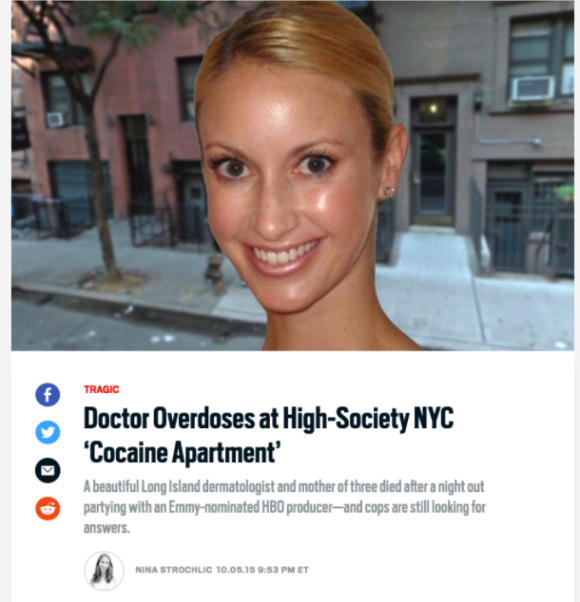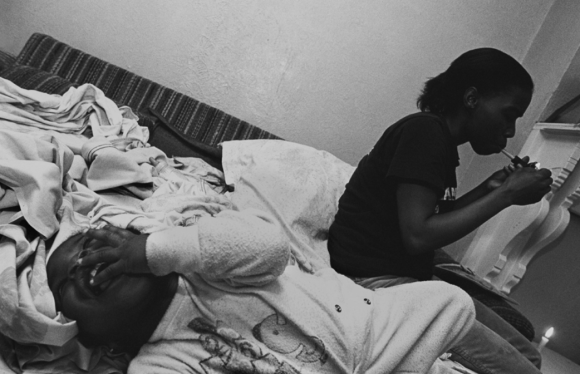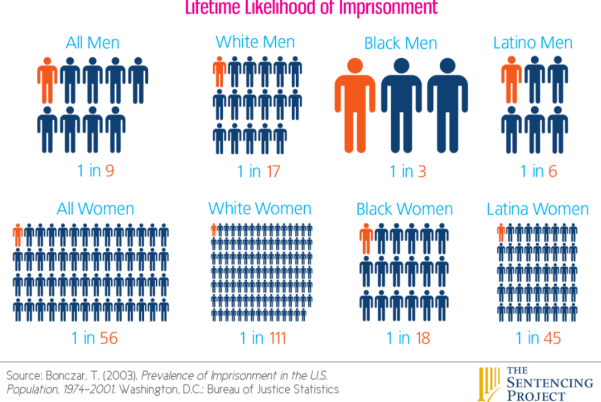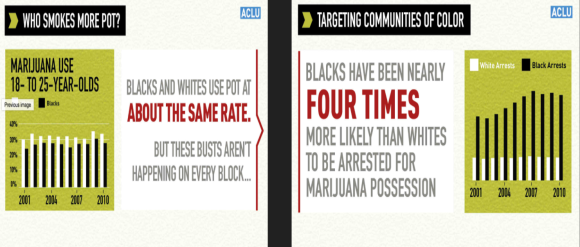This article is part of a series highlighting the injustices brought upon black and brown bodies because of the War on Drugs. Click here to read part 1.
Methodology
In part 1 we learned that white people needed a colorblind system to continue the oppression of black and brown people. How could the government go after black people while remaining colorblind?
Step 1: Introduce Crack to Black Communities
This may seem far fetched and you may start to question if I’m a conspiracy theorists or not, but just like how the government introduced aids to gay communities, they introduced drugs to black communities.
You may be thinking, HOW SWAY? Hear me out…
Without going too deep into disparities between black and white communities, I’ll highlight just a few (out of many) major things that make them different. Let’s start with 40 acres and a mule…
After slavery black people were promised by the U.S. government 40 acres and a mule to kickstart their new lives as freed people and as a weak ass apology for the horrors of slavery. Clearly 40 acres and a mule is better than nothing, but the government could have done better BECAUSE, guess what? That land was to be taken away from former slave and plantation owners and given to slaves. You think such a thing would ever be enforced? If you answered no..DING DING DING. You are correct. Andrew Johnson later overturned this rule and gave the land back to former slave owners.
The next time white people could have done something decent to make up for slavery and fucked up instead was during the Federal Housing Administration Act. After World War II GI’s were awarded grants making them eligible for home ownership. Along with this grant and the new concept of mortgages and loans, white GI’s started moving to newly built suburbs and enjoying modern conveniences like washing machines. It just so happened though, that black GI’s weren’t given these grants and the new suburbs weren’t accepting black residents so once again black people were tossed aside and ushered to inner-city tenements.
Now, let’s discuss life in inner-city neighborhoods. It sucks. Period. People were crammed into tiny apartments with little to no modern utilities. Jobs for black people were scarce. Black people weren’t afforded the same opportunities as white people. What happens when people are forced into close proximity with others? When public works like sanitation don’t extend to “ghettos?” When parents cannot provide for their children? When people are beaten down day in and day out by police meant to protect them, by the government meant to protect them?
People become desperate. They do what they can to survive. They turn to vices to bring some type of relief to the pain they feel in their everyday lives.
This is when the government introduced crack into urban communities.
Step 2: Criminalize Crack
Crack is a sort of raw form of cocaine that can be smoked instead of snorted. Crack doesn’t have to go through the same processes as cocaine making it easier and cheaper to manufacture. This became the drug of “urban” communities. It also became, arguably, the most demonized drug and still is in relation to its “purer” form cocaine.
Cocaine is widely thought of, again due to media depictions, as a high class luxury drug. Fancy white people do cocaine, black ghetto trash use crack. When asked if she smoked crack, the glamorous Whitney Houston famously said, “crack is whack, crack is cheap” outright admitting that crack was too poor for her taste.
More recently in the media a young white upper class woman was found dead of a cocaine overdose in an upper west side penthouse. While her drug den was painted as a “high society cocaine apartment” it is well known that the “urban” drug dens are referred to as “crack houses” which paint an entirely different picture.


The disparities between coke and crack don’t end there. They even carry different
sentencing laws, which unfairly criminalize crack users versus cocaine users. As we know, people arrested, sentenced, and incarcerated for the sale and abuse of crack are overwhelmingly black while those charged with the less life altering cocaine related offenses are typically white. Originally, possessing just 1 gram of crack resulted in the same sentencing as those found in possession of 100 gams of cocaine. The Fair Sentencing Act of 2010 later reduced the amount of cocaine to 18 grams, still the disparity exists to unfairly target poor people and black people.
Step 3: Equate Drug Use With Black People & Criminalize Blackness
After crack and other illegal drugs like heroin were found to be used in black communities, the next step was to make sure White America knew these drugs were being used in black communities. This was done so White Americans assumptions and ideologies that black people were criminals could be “proven” to be true. Images of black people being arrested for drug related offenses were blasted across T.V. screens across America.

Not surprisingly, people of color have been the target of racialized drug prevention efforts as early as the 1910’s. A 1914 New York Times article by Dr. Edward H. Williams claimed, “Murder and Insanity Increasing Among Lower Class Blacks Because They Have Taken to ‘Sniffing’ Since Deprived by Whisky Prohibition.” Within the article he went on to say;
“Most of the negroes are poor, illiterate and shiftless…once the negro has formed the habit he is irreclaimable. The only method to keep him away from taking the drug is by imprisoning him…Cocaine produces several other conditions that
make the fiend a peculiarly dangerous criminal. One of these conditions is a temporary
immunity to shock-a resistance known to “knock down,” effects of fatal
wounds. Bullets fired into vital parts that would drop a sane man in his tracks, fail to check the “fiend”
This type of rhetoric dehumanizes the subject. In this case the author uses his credibility as a “doctor” to speak on this issue as an “expert.” He introduces the black subject as poor, which, naturally, comes with being illiterate and idle. What do idle hands do? They dabble in cocaine. Cocaine is demonized as making the user into a “dangerous criminal.” The only way to stop this criminal? Lock him up. Otherwise he poses a threat. The most troubling part of this rhetoric is when Williams describes the drug as creating a “temporary immunity to shock.” This rhetoric is still used today to paint black people, especially black men, as superhuman and as stronger and bigger than they actually are. Black men killed by police in 2015 and 2016 have been described as possessing “superhuman strength” and having a “demon-like look” before being shot. Creating this image of the black man as a demonic looking monster possessing superhuman strength provides an excuse to execute them.
The image of the black man as a monster is not new nor was it invented during the War on Drugs. Age old stereotypes of the black man were recycled, revamped, and re-introduced to white America. Throughout history stereotypes of black men being overly violent, sexually deviant, lazy, and “brutish” have remained dominant in American society. Angela Davis details this in her book Women, Race, and Class which I encourage my readers to explore.
These racialized stereotypes are not only wrong, but extremely damaging. The height of the War on Drugs was framed by multiple events that painted black men in a negative light. There were the Watts Riots of 1965, War on Rap music, The Central Park Five, The O.J. Simpson trial, as well as many other historical Civil Rights era moments that at the time demonized black men. Similar to how black protesters are viewed today, Conservative media presented them as violent trouble makers.
Black men weren’t the only ones targeted. Black women were depicted in a way that intersected their race, sex, and class. Black women were depicted as “crack whores.” Women willing to do anything, including prostitution to get their fix. They would even go so far to sacrifice their children for crack. “Crack babies” became a term used to vilify black women and paint them as bad mothers because they were depicted as willing to sacrifice their children’s health for a fix. 
Sadly, these types of depictions didn’t only work to make white people afraid of black people, but were also responsible for making black people afraid of other black people. The result was an extremely hurtful and damaging dynamic that still exists today. Many black people distance themselves from their blackness or criticize other black people for how they express their blackness because of self hate and an aspiration to assimilate into white America.


